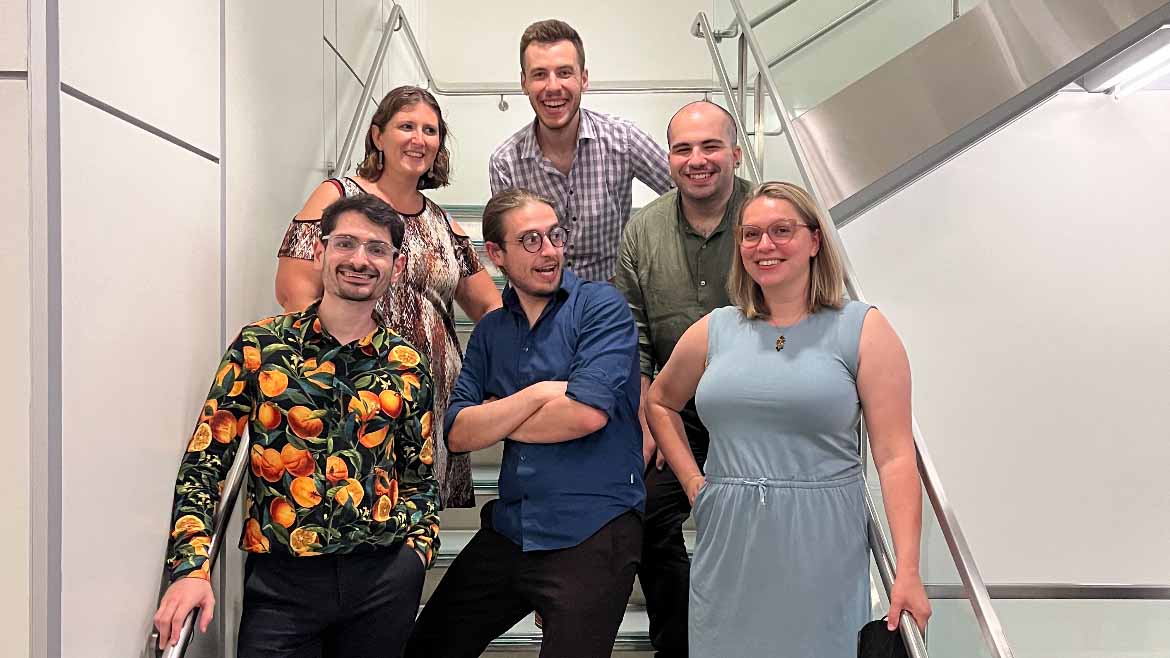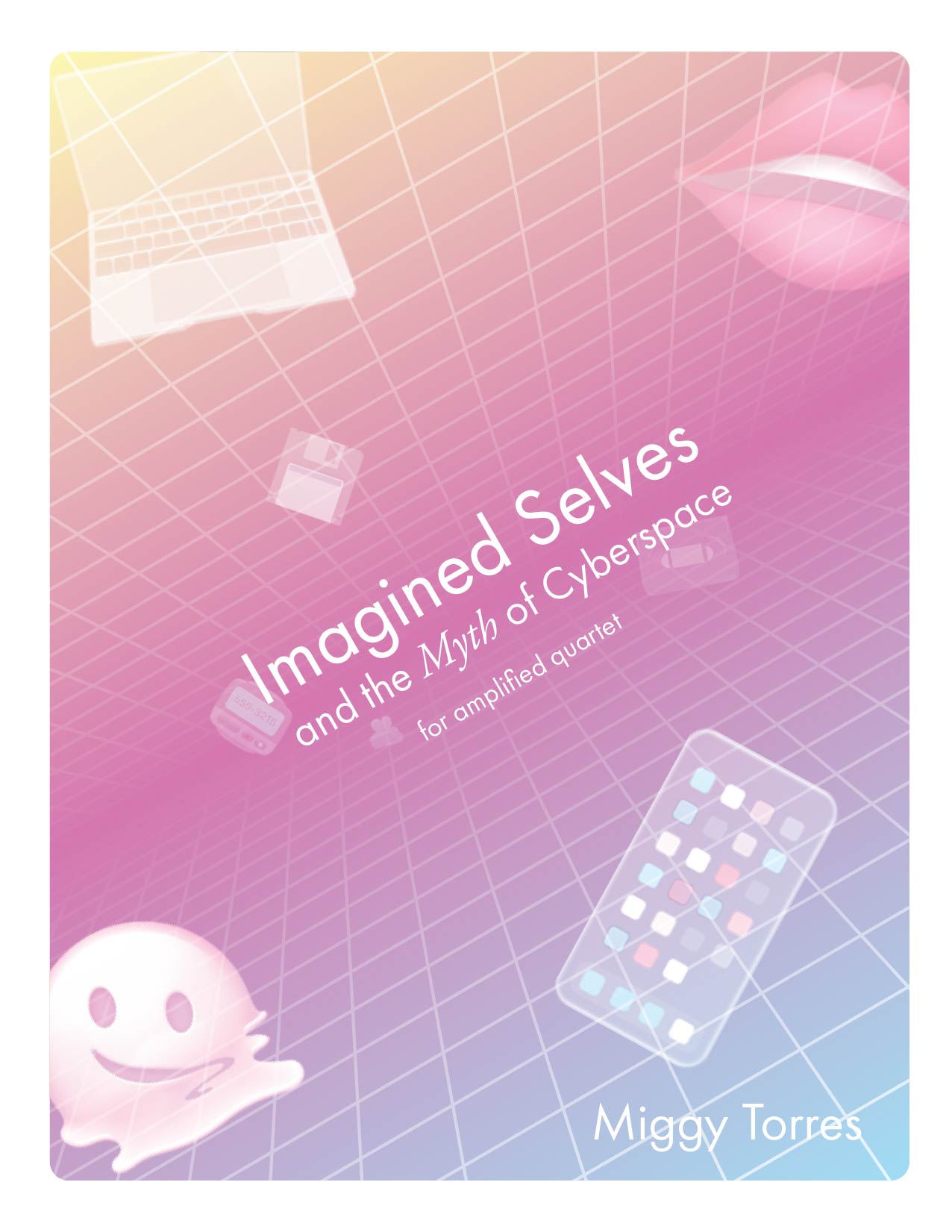

Composer's Note
Imagined Selves and the Myth of Cyberspace explores how the dysphoria, beauty, loneliness, sensuality, and ennui that emerge in a world saturated with technologically mediated relationships affect one’s identity.
Throughout the work, language plays a pivotal role. One of the most personal and intricate things that humans do is speak. Each person has their own unique way of speaking—their own idiolect—that encapsulates and externalizes their identity.
Within the work, the protagonist’s language is transformed pixellated, distorted, reduplicated, fractured, melded, detemporalized, and despatialized across the ensemble. As the protagonist’s language is transformed, so does their identity, splitting itself into several identities which metamorphose, converge, and coalesce into others.
The course of this transformation flows through several contiguous, overlapping thematic areas that can be loosely thought of as movements:
i. prelude//depixellate
ii. touch//connect
iii. solitude//(ec)stasis
iv. imagined selves//rebirth
Moreover, myth can be conceived both as a false belief and as a semiological generator of primordial symbols that establish the fabric of one’s reality. Is cyberspace a distinct, separate realm of human experience if the virtual constantly interpenetrates the analogue? Or do we exist in a new, hybrid reality—a blurred blending of the physical and the digital, replete with technologically externalized memories, dreams, sensations? What new myths and identities emerge—depixellating from nonexistence—to form the firmware of this domain?
Cheers.





